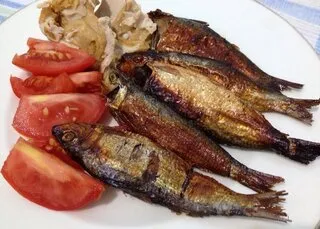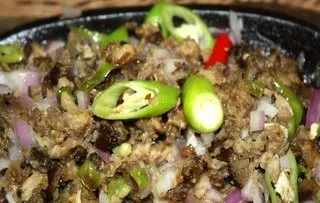
Linamnam
Filipino Food
Filipino cuisine is a diverse and eclectic mix of influences, reflecting the rich history and culture of the country. From its indigenous roots to its Spanish, Chinese, and American influences, Filipino food is a celebration of flavor, texture, and complexity.
Linamnam
The word "linamnam" itself doesn't directly refer to a specific Filipino dish. In Tagalog, it means "delicious" or "savory," so you might encounter it describing a variety of Filipino cuisine.
-
Anak ng Tinapa

Pagtitinapa is one of the major seafood industries in the Philippines especially in the Province of Bataan. They have perfected the art and craft of tinapa as a way of prolonging the shelf-life as well as enhancing the flavor by smoking the various kinds of fish they catch along their provincial shoreline...
-
Sisig na Sisig

Sisig was one of the first Kapampangan words explained to Spanish missionaries by the Augustinian priest, Fray Alvaro de Benavente. He published it in his book, "Arte de Lengua Pampanga" in 1699. He referred to "sisig" as a manner of preparing food as in "guisar con vinagre, v.t. ensalada"...
-
Biscocho Pasuquin

There are two types of biscocho in Pasuquin, Ilocos Norte. When buying, you have to specify whether you want the "hard biscocho" (which is redundant), or the "soft biscocho" (which is a contradiction in terms). But whatever the case may be, both provide distinct victual delights...
-
Panecillos de San Nicolas

Also known as putu saniculas or simply saniculas to the Kapampangan, is one of the heirloom recipes learned by some of the older families in...
-
Chickaboo
